What can we say about geocaching? What is geocaching? Well, for starters, geocache is a live adventure game played outdoors where anyone can participate – basically it’s a form of a sport game. If you are fond of exploring, you will certainly like geocaching. Besides from being a live adventure game that combines use of technology and strategy, geocaching may come as handy in testing some of your survival skills.
[the_ad_placement id=”in-text-1-type-r”]Geocaching is getting more and more on its popularity and it is not even uncommon to see entire families getting involved in geocache adventures. But what exactly is geocaching and what do you need in order to give it a try and test your explorer’s skills?
Stick with us to find out everything you need to know about geocaching, including step-by-step guide on how to geocache.
What is geocaching?
As we have already mentioned, geocaching is a form of a sport, rather experienced as an adventure game made to awake the adventurer in you. Your main goal in geocaching is to hide or find different “treasure chests” that are rather called “caches” in the spirit of the game’s name. The most amazing thing about it is that you can find caches or hide them anywhere in the world and someone else will try to find them.
Basically, you are playing the game with millions of people involved by solely using GPS device and your tracking skills. If you are great with orienting and following GPS routes besides from enjoying treasure hunting, you will love this game. See our tips on how to choose the best GPS watch to help you out. Geocaching exists in its current form and under its current name for 15 years now and looking back on the history of the game, geocaching draws its roots from 160 years back. Sounds amazing, but only because it’s true.
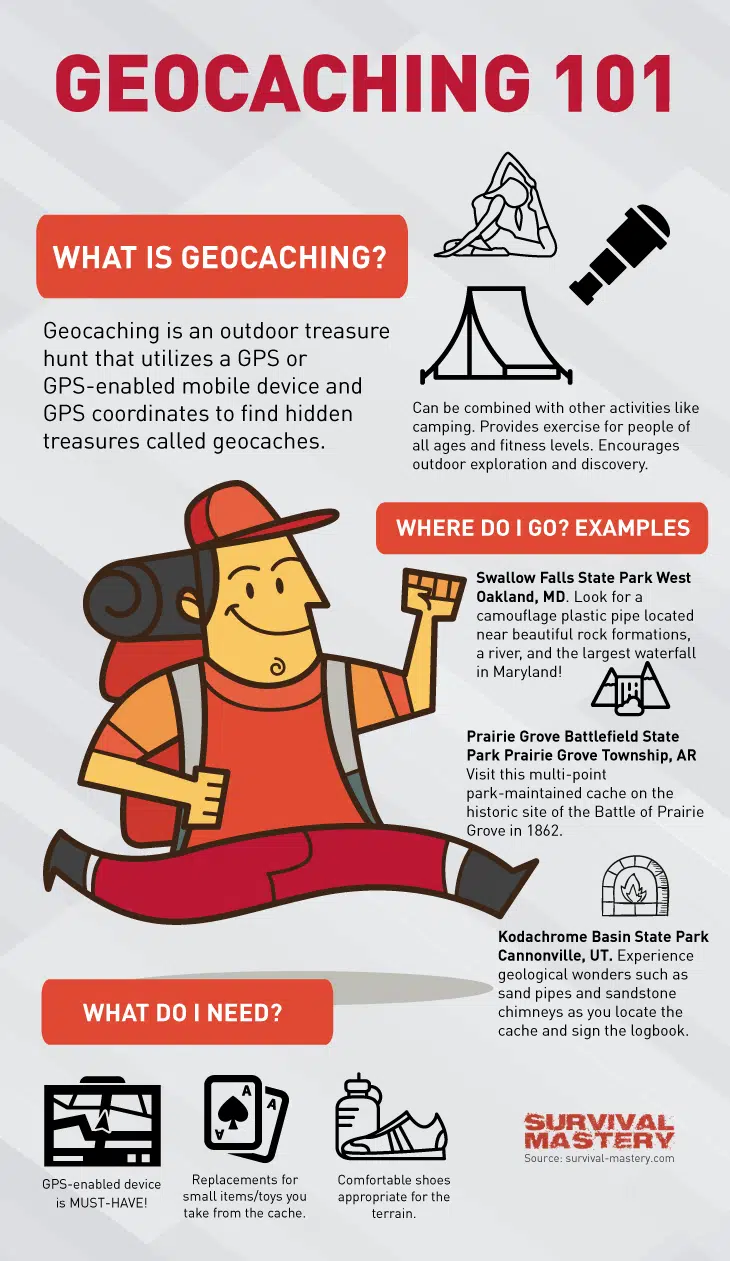
If you’ve of a game called “Letterboxing” then you have something to compare Geocaching with as Letterboxing is its father; or rather great grandfather if we are judging by how long the game existed. Unlike Letterboxing where you had to use maps and solve puzzles in order to find a “treasure chest”, completely relying on your orienteering skills, Geocaching is somewhat easier, but equally interesting, handy for practicing survival skills and pretty much enjoyable.
How geocaching started?
Letterboxing was 160 years later replaced by a similar game we all know as Geocaching. Why was letterboxing replaced? That’s an easy question: we owe it all to Global Positioning System, more popularly known as GPS as we have already mentioned. With GPS becoming widely available around the year 2000, anyone could track anything down which made GPS fans thrilled.
See also: Best Hunting GPS: 8 Handheld GPS Options for Your Next Hunting Trip
Out of that thrill there came a game called GPSStash Hunt, where people from one of the GPS fan blogs made a deal that each one of them will hide something, or better said “stash” it and mark it by noting the coordinates with GPS. That is how the hunt began. Later on, the name was changed to the one we know the game by – Geocache, as majority thought the word “stash” had negative tone.
Geocaching is still very much popular and the game is now played by millions of users with the same enthusiasm for GPS as 15 years ago.
I want to geocache: what do I need?
So, we see you like the idea of geocaching, which means that your adventurous spirit is ready for some action. The question is, of course: what do you need to get started and start playing the game?
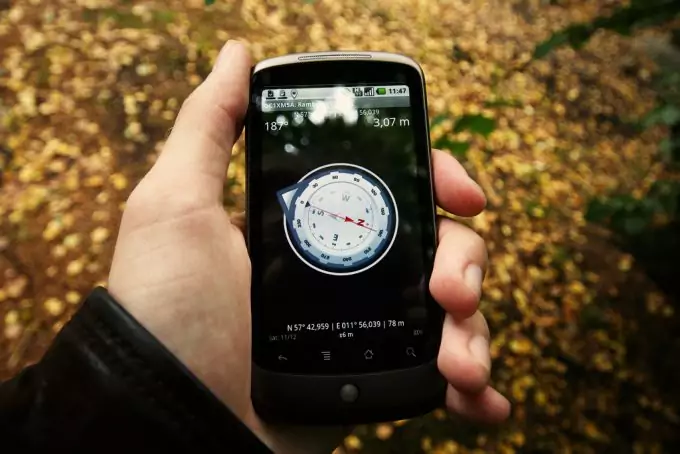
First of all, you need any type of device that is able to support GPS, which is almost any mobile device there is. You can also use a GPS device of any kind, Android phones or Smart phones. Any of the listed will work perfectly.
How will you know where all the caches are hidden? There are several cache sites, specialized in following up with Geocaching and offering complete lists of Geocache spots. The only thing you need to do is to create an account based on your preferences. We recommend you try out several sites to decide which one suits you best before you go treasure hunting.
Creating an account is usually free and available to anyone, although some web sites offer premium accounts where you need to pay your way to the cache listing. Basically, almost every list is different from another sites’ lists, so you can go ahead with creating a free account for yourself and try finding the cache that is closest to you.
Geocaching 101: rules
There aren’t many rules to remember and follow up with. You have you device and you have made your account on one of the Geocaching sites, which means you are ready to go. So, what are you searching for? You are basically following coordinates towards all the hidden caches, testing your orienteering skills and your adventurous self. Let’s say you have managed to find the cache you were looking for: what would your next steps be?
Each cache contains “treasure”, and that treasure is usually something of sentimental value, like some trinkets, toys, various types of objects, sometimes letters and even smaller monetary values. You can trade and take what you find in the cache. You will need to replace the object you have taken with something you have as you don’t want to disappoint the next person that finds that cache.
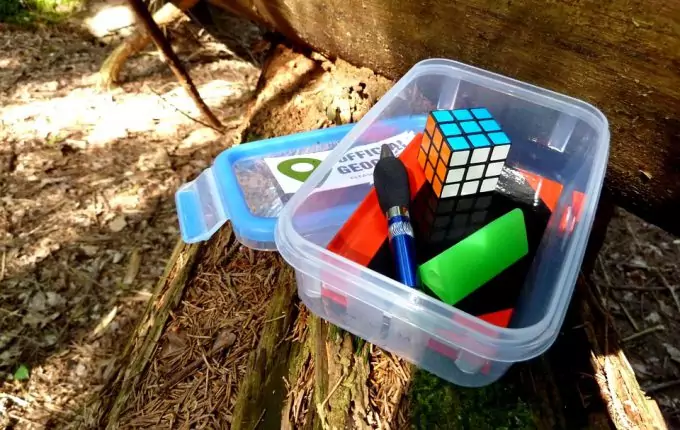
Every cache has a log diary and a pen in it besides from containing treasure, so you need to write down the date you’ve found the cache and your name. Writing down your name is optional, but it would be good to write it up.
“Take something, leave something.” Policy is the only way of making this game circulating. If that wasn’t the case, could you imagine the disappointment of searching for something only to see that there is nothing to be found except from an empty cache once you reach your target? Not as fulfilling feeling, so make sure you leave something if you take something.
Another rule to follow up with is to always return the cache at the exact same place as others will probably follow the same route as you have. This is important so that all the caches could remain at the same spot they were found at; making GPS coordinates accurate and valid.
Those are basically the only rules you need to know in order to start your first geocache quest. If you are interested in going on a geocache quest, here is how you can do it, step-by-step:
Beginning: GPS device
As we have already mentioned, you will need to have GPS device with you in order to be able to play geocaching. Any Android device or Smartphone will also do the job as long as your phone supports GPS feature. Besides from your orienteering skills, GPS is everything you need to get you started.
Geocache listings
The next step would be creating your own account on any of the available geocaching sites. These sites provide the lists of all geocaching locations. You can try out several different cache lists based on where you live or based on your current location. Basically, caches are hidden all over the world, but not all sites have the same geocache lists, so it might occur that some sites are more focused on caches hidden in the wilderness, and some might be more focused on those hidden around different US or European cities.
It all depends on other users using different sites for marking coordinates of caches thy hide and seek for. Then there are those sites that require you to pay for creating your account in order to gain the access to their geocache lists, but you can feel free to stick around sites that provide you with geocache list completely free of charge. Either way, you will need your own account in order to start geocaching.
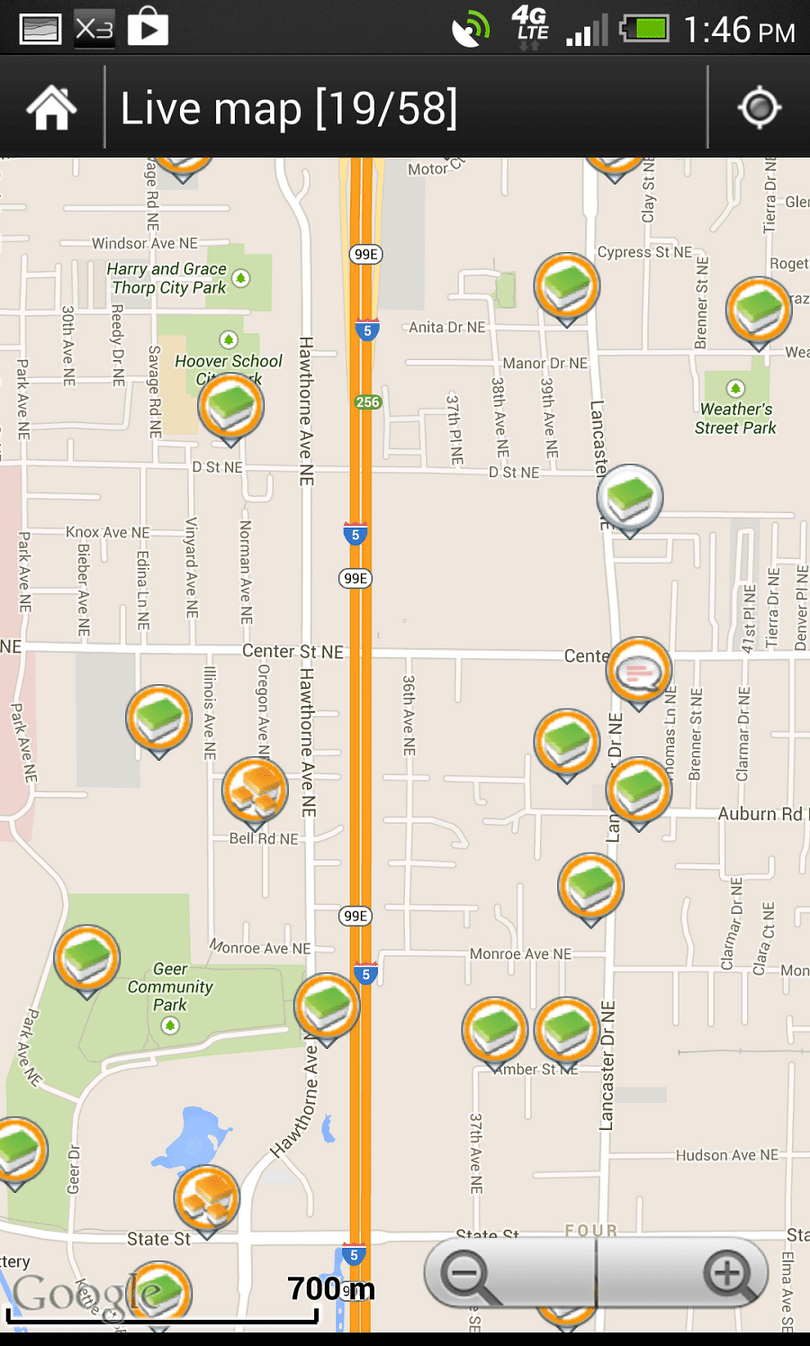
Another great thing about creating an account is that you will be able to get in touch with other geocachers, follow up with their experiences and even get some useful advice which is great if you are just starting with geocaching and need some insight in how to geocache.
Caches near you
This is where the geocache site you’ve chosen plays an important role as you will use the site in order to find caches that are hidden close to your location. You will simply do the search by allowing the site to track your location which will result with the list of caches hidden near your whereabouts.
Caches are hidden all over the world, so you will probably have some caches (or many of them) near the place you are at. That usually depends on how many geocachers there are near where you are or where you live. The more geocachers, the more hidden caches – this is usually the case if everyone plays by the rules.
Choosing your first cache
All caches on the listing also have a level of difficulty on the side, shown in stars. So, if a cache location has one star that means that the cache is pretty easy to be found. Among the listing of specifications there is also a size of the cache, so you would know how big is the cache you are searching for (small, medium, large, etc.).
Some users also like to give some kind of puzzles or hints so they could make your search easier or more difficult. If you are going on geocaching for the first time, it might be for the best that you choose going for the caches that have lower level of difficulty.
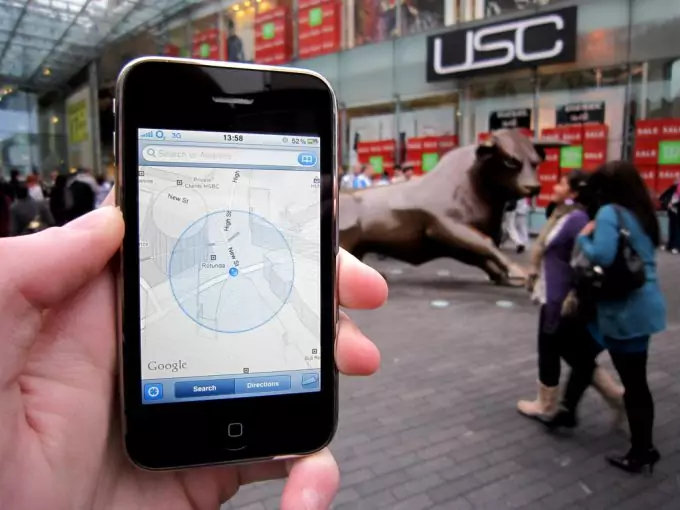
To make your search easier, you can print out the page with cache specifications or write down the most important things, like hints and coordinates. Having fun can now start!
Coordinates
You will notice that every cache specification must contain coordinates: longitude and latitude which tells you where the cache you are looking for is located. That is one of the most important cache specifications as you will use those coordinates to find your cache. You will use those coordinate to create your waypoint via your GPS device so you could start your search. Following the waypoint correctly should take you exactly where you want to be. Check out our reviews of the best hiking GPS to guide you on your adventure.
Fair trade – fair play
We have already mentioned that you always need to leave something in the cache if you are planning to claim your treasure. That means that you need to make sure that you bring something with you so you could trade. What you are supposed to bring for trade?
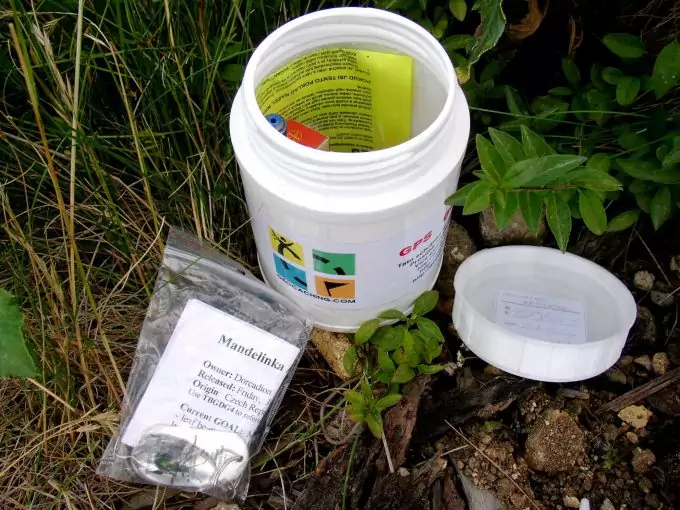
That is completely up to you! But you surely wouldn’t like to disappoint someone and leave something that no one will need or have use of. However, you can leave something that has no monetary, but rather personal value. A note that goes with it could certainly make another cacher’s day. You can also leave some money, a type of toy or an action figure, books, notes and even a poem…
Anything you think would be a fair trade is welcome. The thing you choose to bring with yourself for trade doesn’t have to be anything extraordinarily valuable, but try spicing things up for someone as you would want someone to spice things up for you. The only thing that is really important is that you leave something if you take something out of the box.
However, if you are not interested in taking what you see in the box, you don’t need to make a trade you can just close the cache and take it back in its original place.
Cache containers
Talking about trade items, a new topic arises: what caches look like and do all caches have some “treasure” items waiting for the lucky explorer?
You will notice that no one on geocache sites will specifically say whether the cache hidden has something in it or not, but you will be able to at least make sure what size is the cache you are looking for, as all users update cache specification also adding cache size.
[the_ad_placement id=”in-text-2-type-r”]Available cache sizes are micro, small, medium and large, where micro almost never contains anything except for log papers: not even a logbook for you to fill in and micro containers are too small for pencils, so if you don’t have your own pencils with you, chances that you won’t be able to log the finish of your search, go greatly against your favor.
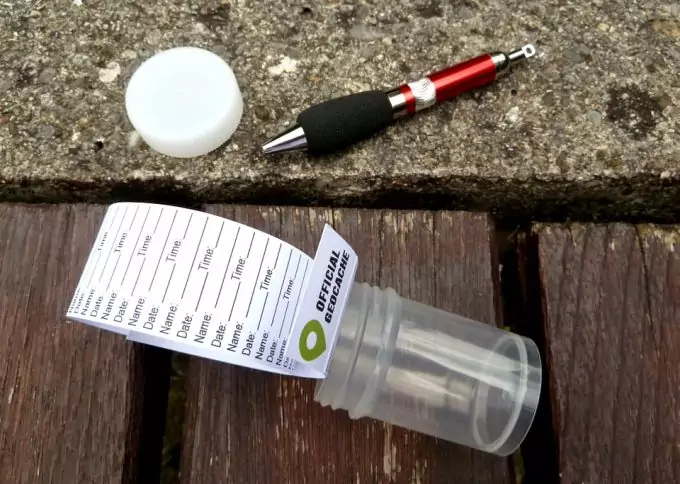
Medium, large and even small caches usually have some goodies ready for trade, so if you want that great feeling of finding “treasure” you would probably want to go for those.
Not all caches look the same as there is no store that sells specific geocache boxes. As this is the case, some people will use plastic sandwich containers, some people will cache their goodies in ammo boxes while some will go for large sealed buckets. Cache sizes usually depend from stored items, so the larger the cache, the higher the level of difficulty usually is.
In case you choose to go for the larger caches, you should probably consider bringing larger item for trading as the chances that there are plenty of things to trade for are fairly higher.
What not to put in caches
If you like what you find in a cache, make sure you replace it with something equally valuable. Almost all caches contain loglines that also has all the items contained neatly listed, so you everyone would know that all trades were fair and that no one dared taking something out of the cache without leaving something. Avoid leaving sharp objects, ammo, weapons, food and beverages (especially alcohol).

Image credit: catwomanga.wordpress.com
Try being maximally fair and polite in spirit of the game and remember that people of all ages are participating in geocaching game, even minors.
Waypoint and tracking
To make sure that your waypoint will work in your favor, helping you track down and find the item you were looking for, make sure that you use GPS units so you could efficiently follow the waypoint. With little practice and exploring your device, you will easily learn how to use GOS for tracking down caches.
The arrow unit will show you the way, making your search a lot easier.
My first revealed cache
Once you find the cache you’ve been looking for, you need to make sure you can remember the way the cache was hidden as you will need to try hiding it in the same manner. This is very important so other cachers could find the cache you’ve found.
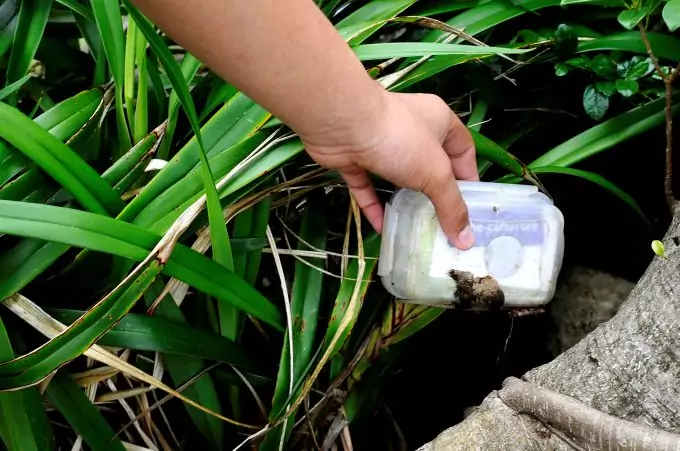
Sometimes, you might get frustrated or disappointed with how poorly stashed is the cache you have found, so you could try and make someone else’s day by taking nothing and leaving something. Remember that there are lots of other caches out there just waiting to be revealed and tracked.
The logbook
You will also find a logbook in the cache, as every container has one. There is usually a pencil available with it, but it wouldn’t hurt if you decide to take one with you just in case. You will log the date and the username you are using on your geocaching account.
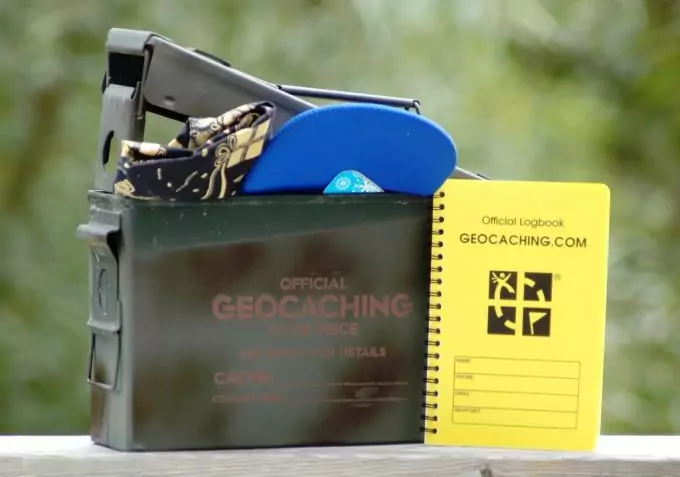
If you have taken something, write down what you’ve taken and also make sure you write down what you have left in return.
Trackables
Besides from goodies and trinkets, what you also might stumble upon is trackable items. Not all caches have one, but some do. What are trackables and why do people leave them. Trackables are usually connected to a certain task set by their owner and the tasks may vary greatly, although the purpose is usually the same: trackables ought to travel the world.
[the_ad_placement id=”in-text-3-type-r”]Owner can track the path of his trackable items via site Geocaching.com and check the progress for hi8s task. The task might be something like: travel the entire world, visit every state, pass through every ocean, visit 50 states, etc. You can also help a trackable move if you find it. If you find a trackable, and note that there are several types of trackable game pieces, such as Geocoins, Trackables and Travel Bugs, make sure you log that on the site you are using along with helping the game piece move further.
Closing the cache
Once you are done with the cache you have found, make sure that you put it back in the right place, so that other geocachers could be able to find it. Close it safely to protect it from external factors and make sure you leave something for the future geocachers.
Log your cache claim
Once you are back home, you will also need to visit the page with your cache specification and log your visit to let the rest of the geocaching community know that you have found the cache you were looking for.
Log the same details as you’ve entered in the logbook found in the cache.
Hiding your own caches
You can hide a cache anywhere you like and fill it up with anything you want as long as you stick to the rules of this amazing game. Once you hide your cache, make sure you check the coordinates of the place your cache is hidden at. Mark the size of the cache and the level of difficulty using the site you have an account at.
You can add hints, puzzles and encryption along with any kind of riddles you like to spice the game up and make finding the cache more difficult. Take a picture of the spot the cache is hidden at and upload it along with other specifications. This is recommended, but usually not mandatory.
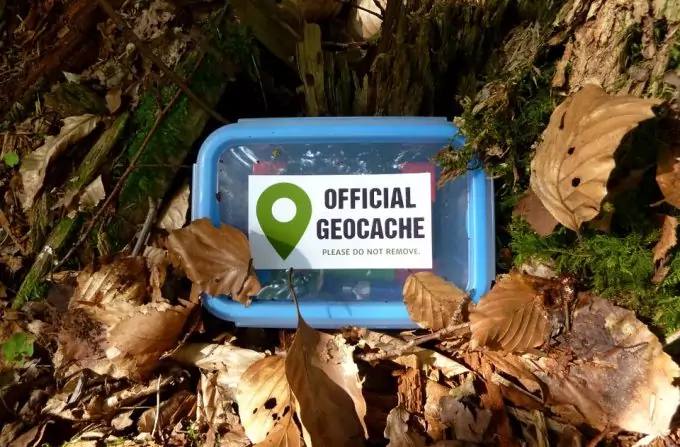
The most important of all: make sure you play geocaching fairly and enjoy your treasure hunting!
If you decide to go geocaching, you now can with no troubles and with all the most frequently asked questions answered for you to find your way around this amazing game. Now that you know how to geocache, take your device, make an account and start your GPS features to find the nearest cache!



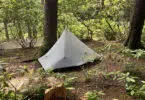


I just found out about this and it sounds like it’s a lot of fun! Yours was the first article I have read on the subject. Perfect! You clarified things with enthusiasm! I can’t wait to get started!
Thanks for showing interest in our community, continue reading to learn more on geocaching.
My friend and I went geocaching in the backwoods before and discovered it was difficult and almost got lost. The item were were looking for was along a bicycle trail around 20 feet into the woods. The direction went stopped at a tree and we had a hard time looking for it since it started to rain. I discovered it accidentally when I was gathering some leaves.
The GPS was capricious, however. I think it gets you in near the cache/puzzle piece yet sooner or later, you just need to open your eyes and trust your instincts.
Hi Nidal,
Thank you for sharing your experience with us.
GPS takes some time to get used and constant practice is needed if you plan to join geocaching events in the future.
Samuel